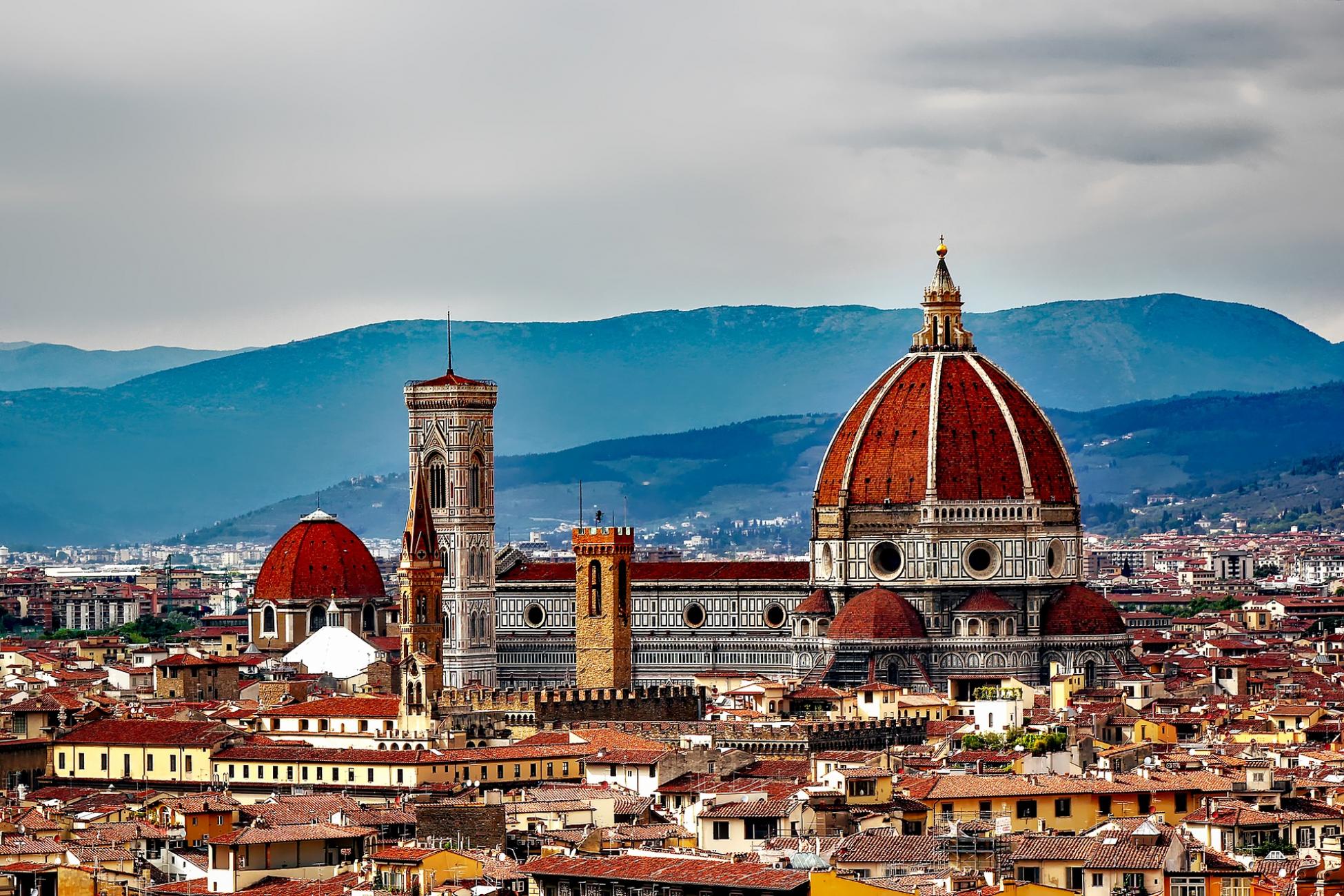To those who only see my social media posts, it may look like I have abandoned university and spend my time swanning around Italy with an Aperol spritz and slice of pizza in hand. Thinking about the different parts of Italy I've visited so far, I can see why.
It goes without saying that one of the main objectives of studying abroad is attending the university in your host city: going to lectures, studying and taking exams. However, it may come as a surprise to discover that excelling academically isn’t so important. Different universities have different demands on the students they send abroad and, luckily for me, my home university (Leeds, UK) doesn’t require me to display an exceptional academic performance in order to pass my year abroad.
In fact, the emphasis is on cultural immersion; throwing yourself into the deep-end and broadening your appreciation of your host country. Obviously, this happens in the classroom, but it’s the more practical experience outside of the lecture hall that really makes a difference.
The emphasis of study abroad is on cultural immersion. Obviously, this happens in the classroom, but it’s the more practical experience outside of the lecture hall that really makes a difference.
Now, I am in no way saying that this is an excuse to forget about university altogether (although this could be tempting). Rather, studying and travelling go hand-in-hand to enrich your study abroad experience.
A prime example of this is my struggle with the extremely weighty Italian history of art module that I battled my way through in the first semester. I'll shamefully admit that I had no previous knowledge of Italian art beyond the Mona Lisa. However, during my three-day trip to Florence—the epicentre of the Italian Renaissance—I was able to see the works we’d studied in the classroom in their original context.
The frescoes by Masaccio in the Brancacci Chapel and his revolutionary paintings exhibited in the Uffizi Gallery were far more spectacular viewed in real life than on the page of a dusty textbook. When I saw the innovative sculptures by Donatello and the monumental Duomo (cathedral) designed by Brunelleschi, I truly understood the artists’ incredible technical ability. (Something that wasn’t so clear to me while listening to my professor drone on for 90 minutes twice a week.) I left Florence with a greater appreciation of the most important pieces of art and architecture that represent Italy’s cultural heritage—and without having to bore myself senseless in the library.
Although my experience studying at an Italian university is definitely expanding my knowledge and appreciation of all things Italian, the importance of undertaking the typical "tourist" activities cannot be understated. In my opinion, it is an integral part of any year abroad.
I can’t believe that I'm already over halfway through my experience overseas and I fully intend to make the most of the remaining few months. Italy is a country renowned for its rich cultural legacy, World Heritage sites, astounding natural beauty and, of course food. I can’t wait to continue exploring. In April, I’m going to be adding two huge ticks to my travel bucket list by visiting the eternal city (Rome), then heading south to visit Pompeii and Mount Vesuvius—a dream destination of mine since first learning about the Ancient Romans at school.
For someone who never really saw the appeal of travelling, studying abroad in Italy has given me the chance and means (thanks to very cheap public transport) to discover amazing new places and to learn more.

